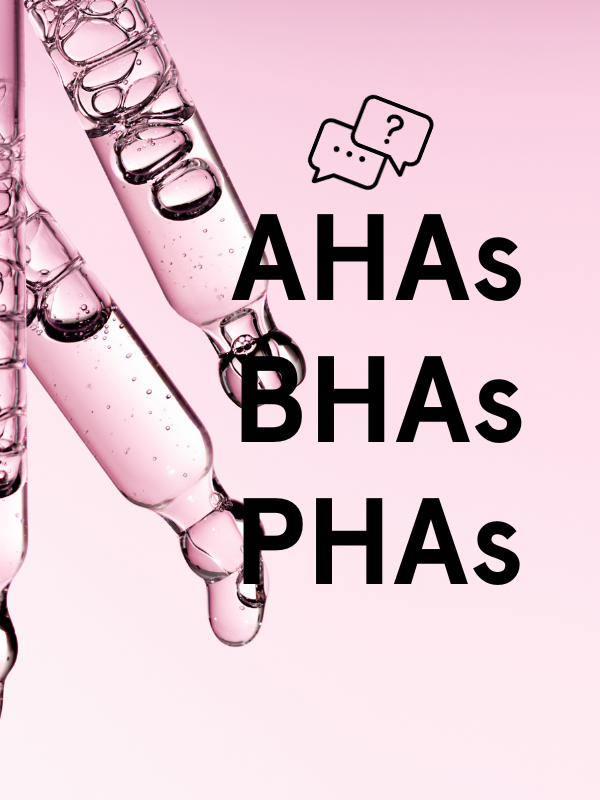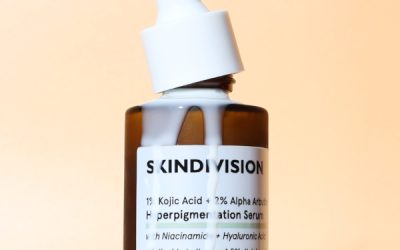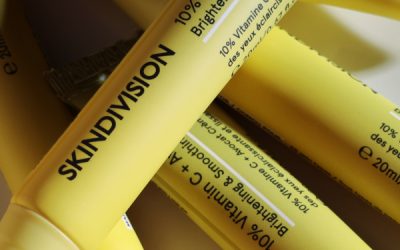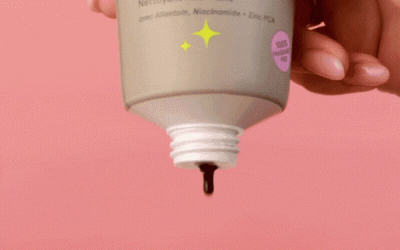Achieving clear, radiant, and youthful skin is a goal all of us aspire to. In the quest for healthier skin, chemical exfoliating acids are essential tools in our skincare arsenal. Among the most popular are Alpha Hydroxy Acids (AHAs), Beta Hydroxy Acids (BHAs), and Polyhydroxy Acids (PHAs). In this article, we will delve into the world of these chemical exfoliants, exploring their skincare benefits, working mechanisms, and the key differences between them.
Understanding Chemical Exfoliation
Before diving into the specifics of AHAs, BHAs, and PHAs, it’s essential to understand the concept of chemical exfoliation. Unlike physical exfoliants that rely on abrasive particles to slough off dead skin cells, chemical exfoliation harnesses the power of acids to dissolve the bonds between these cells. This process effectively removes the top layer of dull, damaged skin, revealing a fresher, brighter complexion underneath.
Alpha Hydroxy Acids (AHAs)
AHAs are a group of water-soluble acids commonly found in fruits and milk. Some well-known AHAs include glycolic acid (derived from sugar cane), lactic acid (derived from milk), and citric acid (from citrus fruits). AHAs work primarily on the skin’s surface and are renowned for their ability to:
- Exfoliate Surface Skin: AHAs excel at dissolving the bonds between dead skin cells, leading to smoother, more even skin.
- Brighten Dull Skin: They can help fade hyperpigmentation and promote a more radiant complexion.
- Enhance Moisture Retention: AHAs have humectant properties, which means they can help the skin retain moisture.
However, AHAs can be irritating, especially for sensitive skin types, and can make the skin more susceptible to sun damage. Thus, diligent sun protection is crucial when using AHAs.

Beta Hydroxy Acids (BHAs)
BHAs are oil-soluble acids, with Salicylic Acid being the most well-known member of this group. BHAs are particularly effective for those with oily or acne-prone skin due to their ability to penetrate deeper into the pores. Key benefits of BHAs include:
-
Unclog Pores: BHAs are excellent at dissolving sebum and exfoliating inside the hair follicles, helping to reduce the formation of acne.
-
Reduce Inflammation: Salicylic acid has anti-inflammatory properties, making it a go-to for calming redness and irritation associated with acne.
-
Prevent Blackheads and Whiteheads: Regular use of BHAs can help prevent the buildup of dead skin cells that often lead to blackheads and whiteheads.
Like AHAs, BHAs can also increase sensitivity to the sun, so sun protection is vital when incorporating these acids into your skincare routine.
Polyhydroxy Acids (PHAs):
PHAs are a newer addition to the chemical exfoliation scene and are gaining popularity for their gentleness. Gluconolactone and lactobionic acid are common examples of PHAs. What sets PHAs apart is their larger molecular size, which means they penetrate the skin more slowly. The benefits of PHAs include:
-
Gentle Exfoliation: PHAs provide exfoliation without the harshness of other acids, making them suitable for sensitive or rosacea-prone skin.
-
Moisture Retention: Similar to AHAs, PHAs have humectant properties and can improve skin hydration.
-
Antioxidant Benefits: Some PHAs also possess antioxidant properties, which can help protect the skin from environmental damage.
PHAs are less likely to cause irritation or sensitivity, making them an excellent option for those new to chemical exfoliation or with delicate skin.
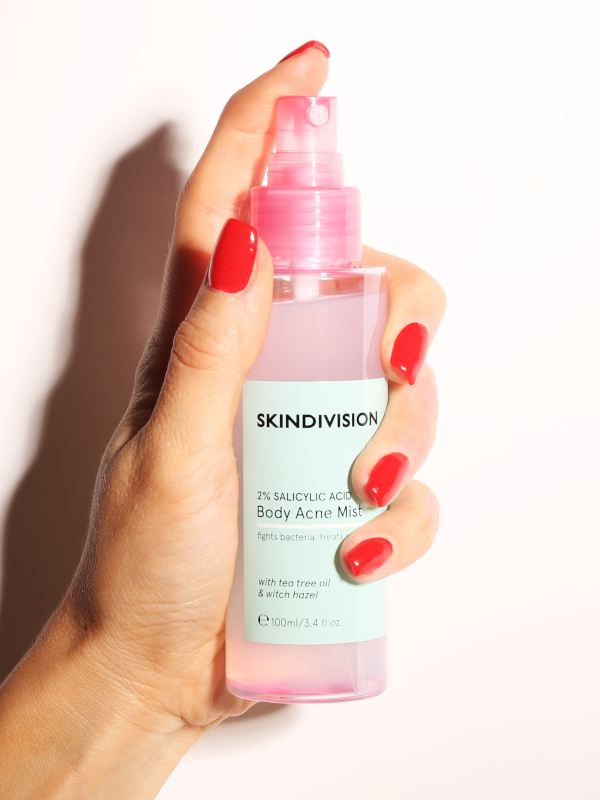
Key Differences:
To summarize, the key differences between AHAs, BHAs, and PHAs lie in their properties and ideal use cases:
-
AHAs: Surface exfoliation, brightening, and moisture retention. Best for normal to dry skin types.
-
BHAs: Deep pore exfoliation, acne-fighting, and anti-inflammatory properties. Ideal for oily and acne-prone skin.
-
PHAs: Gentle exfoliation, moisture retention, and potential antioxidant benefits. Suitable for sensitive skin types and those new to chemical exfoliation.
Chemical exfoliating acids, including AHAs, BHAs, and PHAs, offer a range of skincare benefits that can help you achieve smoother, more radiant skin. Choosing the right acid for your skin type and concerns is key to reaping the rewards of chemical exfoliation while minimizing the risk of irritation. Remember that patience is crucial when introducing these acids into your skincare routine, and consistent sun protection is non-negotiable to maintain the health and beauty of your skin. With the right acid and a well-balanced skincare regimen, you can unlock the power of chemical exfoliation and enjoy the skin you’ve always dreamed of.
Our Chemical Exfoliating Products
-
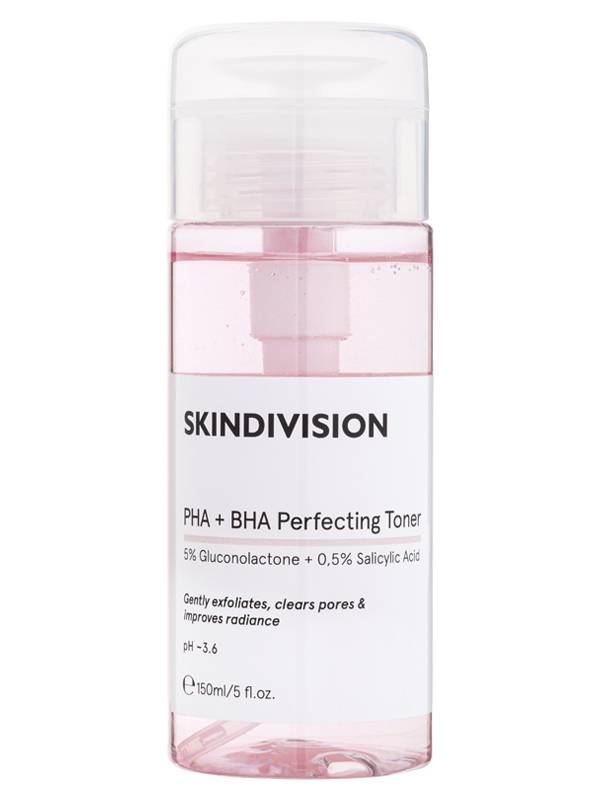
BESTSELLER

PHA + BHA Perfecting Toner
€19,00 ADD TO BAGgentle exfoliating toner
-
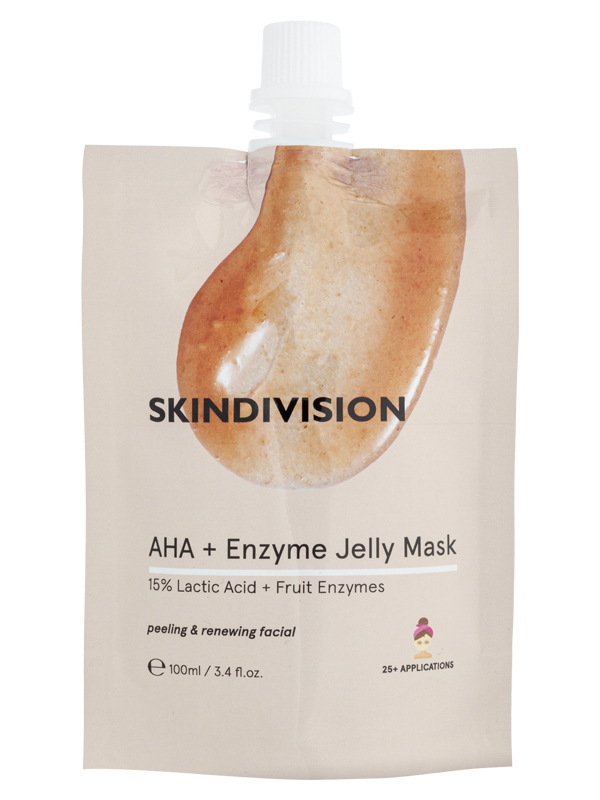
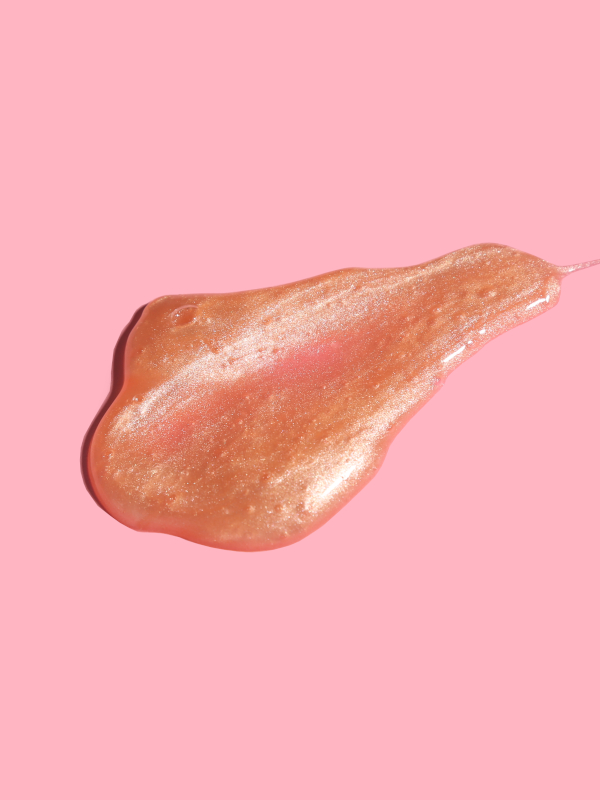
AHA + Enzyme Jelly Mask
€18,00 ADD TO BAGpeeling & renewing treatment
-
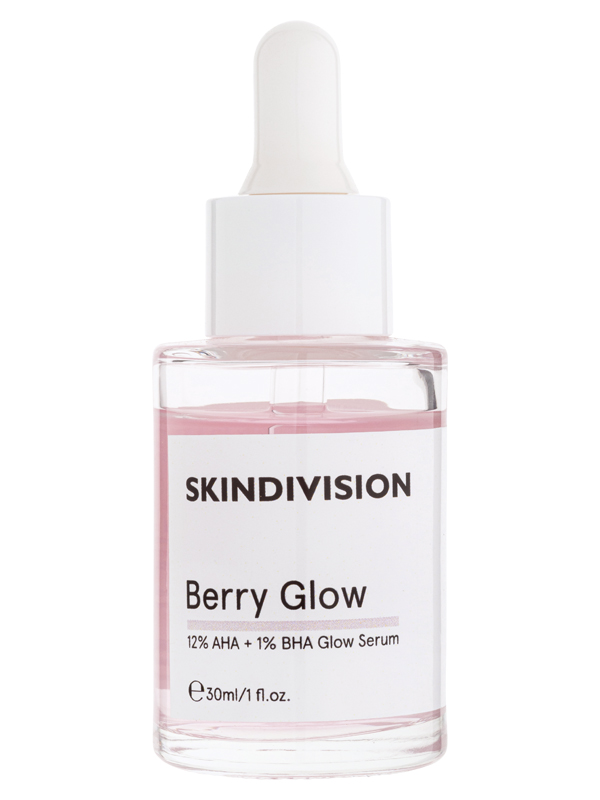
BESTSELLER
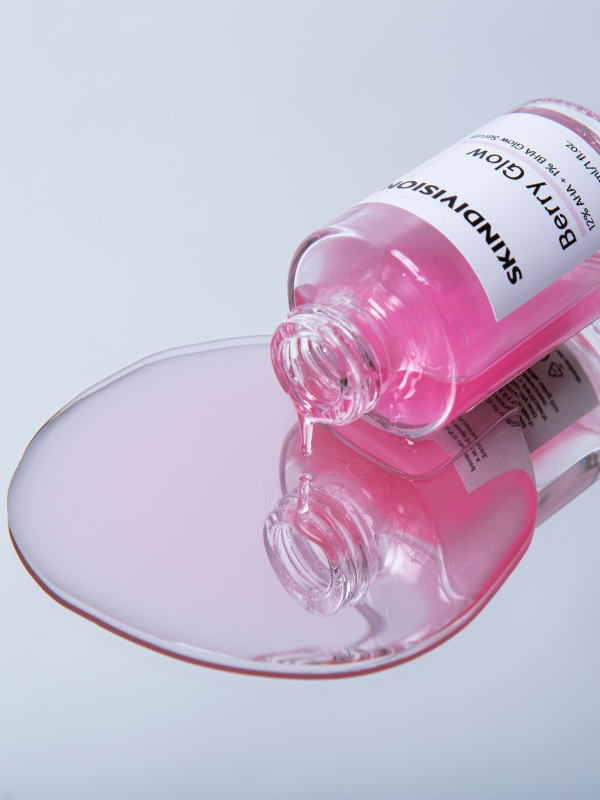
Berry Glow
€23,00 ADD TO BAGdaily dose of glow
-
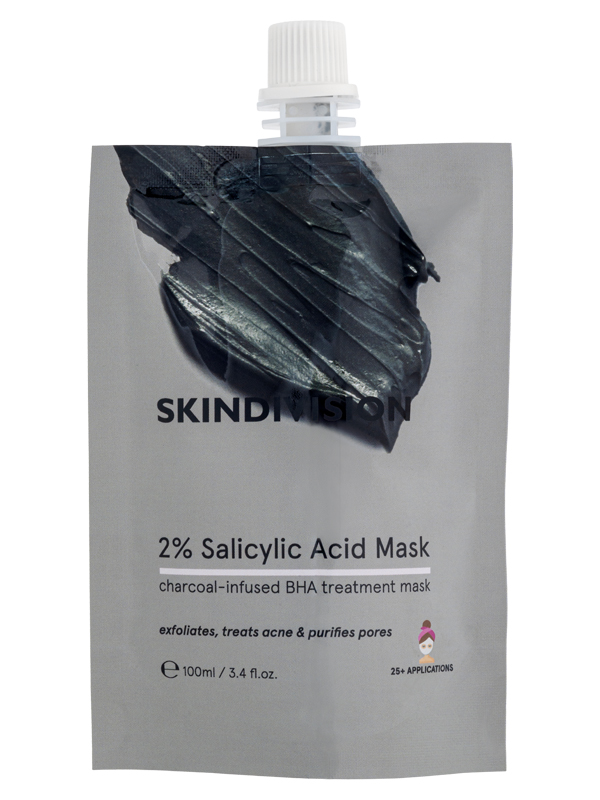
BESTSELLER

2% Salicylic Acid Mask
€18,00 ADD TO BAGcharcoal + kaolin clay infused BHA treatment
-

BESTSELLER
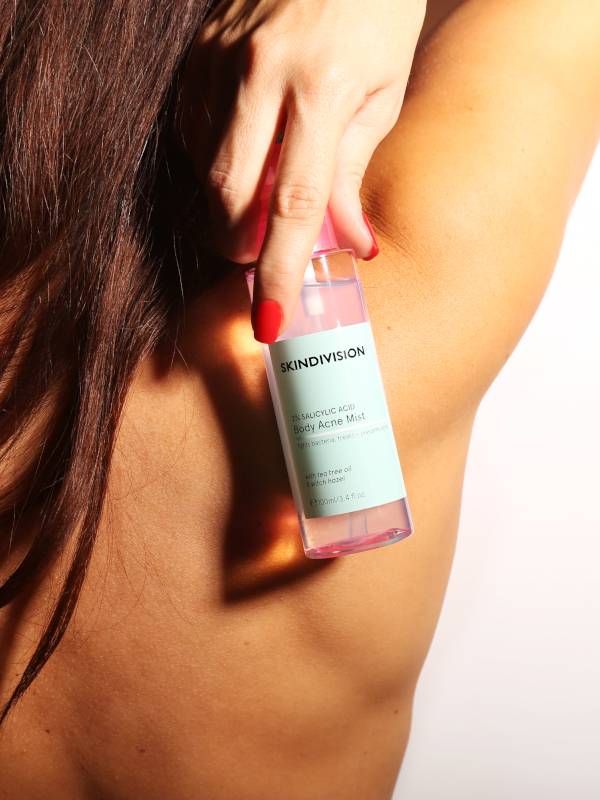
2% Salicylic Acid Body Acne Mist
€18,00 ADD TO BAGFights bacteria, treats + prevents acne
-
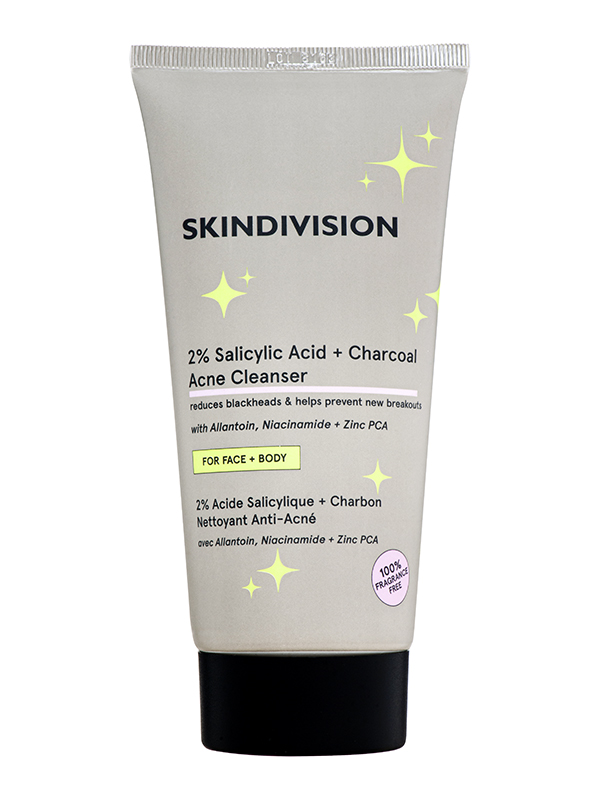
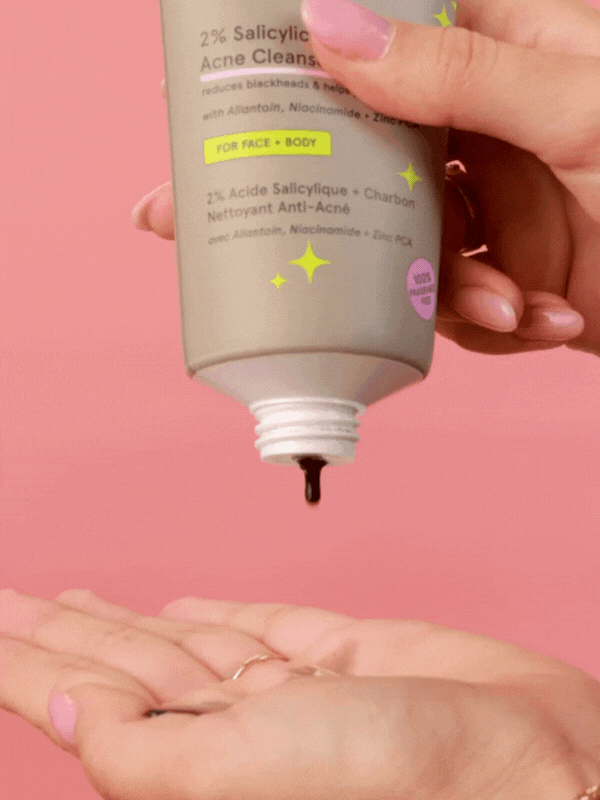
2% Salicylic Acid + Charcoal Acne Cleanser
€19,50 ADD TO BAGUnveil your brightest and clearest skin

